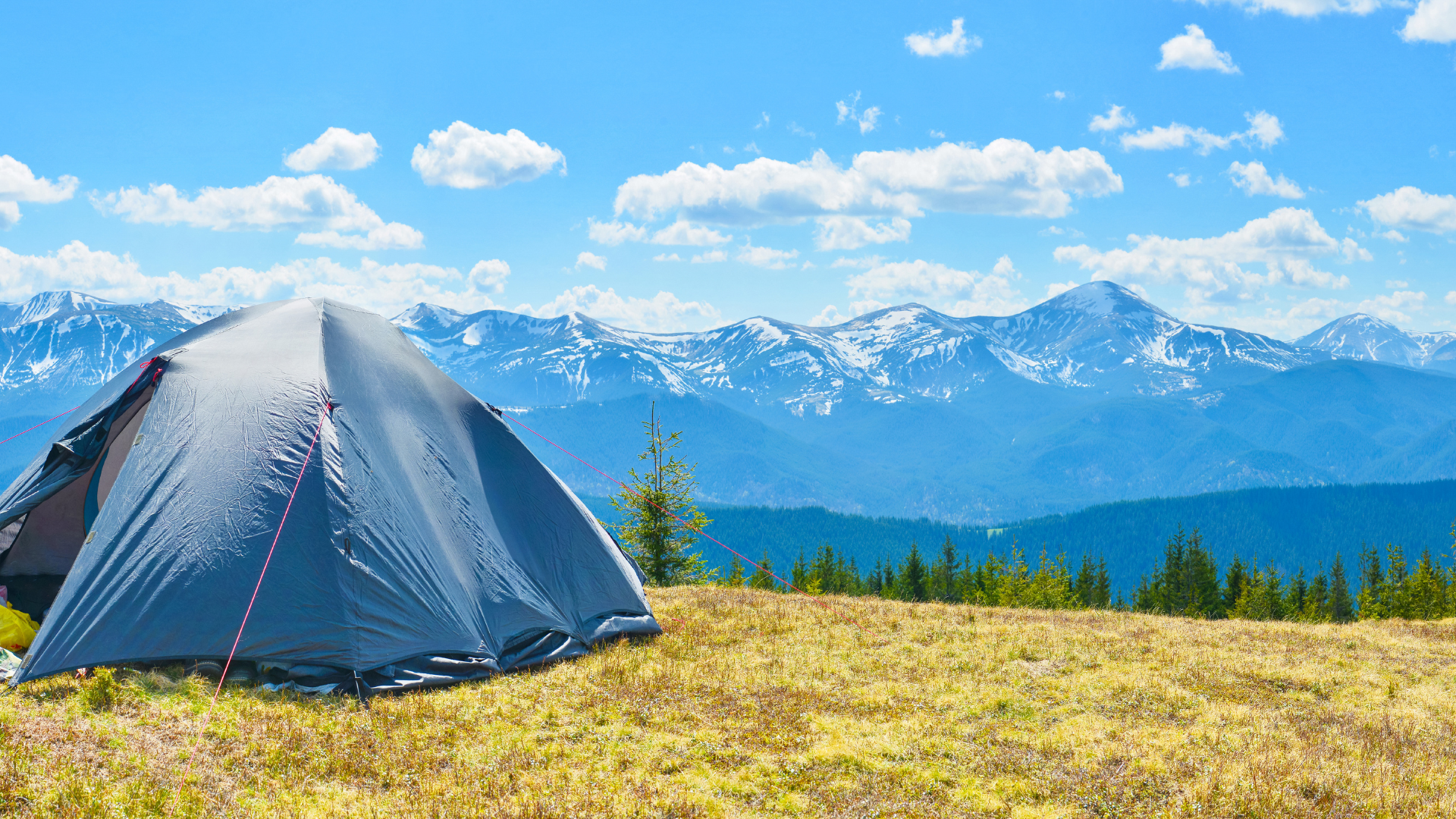Located off the coast of Belize, the Great Blue Hole in belize is one of the most breathtaking and mysterious wonders of nature. This massive underwater sinkhole, known for its vibrant blue waters and incredible marine life, has captured the imagination of travelers, divers, and scientists alike. In this article, we will delve into the fascinating history, geological formation, marine diversity, and the allure of diving into the depths of the Great Blue Hole in Belize.
1. A Geological Marvel: The Formation of the Great Blue Hole
The Great Blue Hole, a UNESCO World Heritage Site, is part of the Belize Barrier Reef Reserve System, the second-largest barrier reef in the world. The hole’s unique shape and structure were formed over millions of years through a complex process of geological events. Originally a limestone cave system, the area was submerged as sea levels rose during the last Ice Age, approximately 10,000 years ago.
The collapse of the cave roof created the characteristic circular sinkhole we see today, measuring approximately 300 meters (984 feet) in diameter and plunging to a depth of over 125 meters (410 feet). The distinct blue color of the hole is a result of the deep and clear waters, which appear in stark contrast to the surrounding turquoise waters of the Caribbean Sea.
2. Diving into the Abyss: Exploring the Great Blue Hole
The Great Blue Hole has become a mecca for scuba divers and snorkelers from around the globe, drawn by the allure of exploring this natural wonder up close. The dive begins with a boat trip from Belize’s mainland, traversing the crystal-clear waters of the Lighthouse Reef Atoll, where the Great Blue Hole is located.
As divers descend into the deep blue abyss, they are met with a breathtaking spectacle of stalactites and stalagmites that date back thousands of years. These stunning formations were once part of the limestone cave system, now submerged and preserved by the clear and oxygen-poor waters of the Great Blue Hole.
3. A Diver’s Dream: The Marine Life of the Great Blue Hole
Beyond the geological formations, the Great Blue Hole teems with an abundance of marine life, offering a captivating underwater experience. Divers have the opportunity to encounter various species of sharks, including the Caribbean reef shark, nurse shark, and the elusive hammerhead shark. These predators are drawn to the Great Blue Hole’s depths due to the rich marine life and abundant prey.
Aside from sharks, divers may also encounter colorful coral formations, schools of tropical fish, eagle rays, and even the occasional giant grouper. The diverse ecosystem that thrives within the Great Blue Hole is a testament to the importance of preserving this natural wonder and the surrounding marine environment.

4. Conservation Efforts: Protecting the Great Blue Hole
The Great Blue Hole’s unique ecosystem and geological significance have drawn attention to the importance of conservation efforts in the area. Belize has taken significant steps to protect this natural wonder and the entire Belize Barrier Reef Reserve System.
In 1996, UNESCO designated the Belize Barrier Reef Reserve System as a World Heritage Site, recognizing its outstanding universal value and the need for preservation. Today, the Belizean government and local organizations actively monitor and manage the area, implementing strict regulations to protect the marine life and delicate ecosystem.
5. Exploring Beyond the Blue Hole: Lighthouse Reef Atoll
While the Blue Hole is undoubtedly the star attraction of the Lighthouse Reef Atoll, there is much more to explore in this pristine marine environment. The atoll’s coral reefs are a paradise for snorkelers, offering an up-close view of colorful coral formations and a vast array of marine species.
For those seeking a complete escape from the world, Lighthouse Reef Atoll boasts several small, uninhabited islands, providing the perfect opportunity for a private beach picnic or simply basking in the unspoiled natural beauty.
6. Practical Considerations for Diving the Great Blue Hole
Diving the Blue Hole is an unforgettable experience, but it is essential to be adequately prepared for this adventure. Due to the depth and challenging diving conditions, the Great Blue Hole is best suited for experienced divers with advanced certifications.
Dive operators in Belize typically offer day trips to the Great Blue Hole, including multiple dives within the atoll. It is recommended to book with reputable and certified dive centers to ensure safety and responsible diving practices.
7. Captivated by the Great Blue Hole: An Experience of a Lifetime
The Great Blue Hole of Belize stands as a testament to the wonders of our natural world. It continues to captivate the hearts of travelers and divers who seek to witness this geological marvel and experience the thrill of exploring its depths.
Diving into the abyss of the Great Blue Hole offers a once-in-a-lifetime experience, allowing adventurers to uncover a hidden world of ancient formations and vibrant marine life. As we continue to appreciate and protect this extraordinary natural wonder, let the allure of the Great Blue Hole inspire you to explore and appreciate the precious ecosystems that grace our planet.
Also Read- 7 Best Hotels in Black Forest Germany





